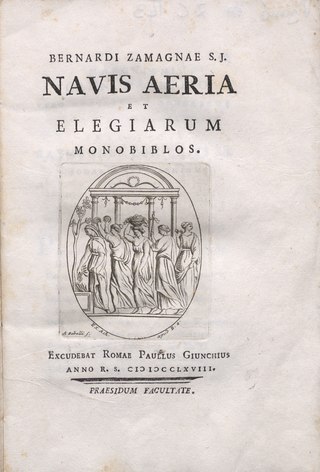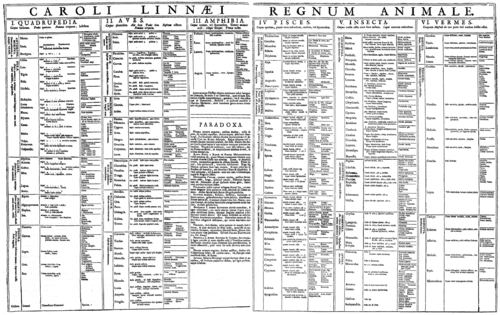
1735 (MDCCXXXV) was a common year starting on Saturday of the Gregorian calendar and a common year starting on Wednesday of the Julian calendar, the 1735th year of the Common Era (CE) and Anno Domini (AD) designations, the 735th year of the 2nd millennium, the 35th year of the 18th century, and the 6th year of the 1730s decade. As of the start of 1735, the Gregorian calendar was 11 days ahead of the Julian calendar, which remained in localized use until 1923.
Georg Brandt was a Swedish chemist and mineralogist who discovered cobalt c. 1735. He was the first person to discover a metal unknown in ancient times. He is also known for exposing fraudulent alchemists operating during his lifetime.
The year 1828 in science and technology involved some significant events, listed below.
The year 1834 in science and technology involved some significant events, listed below.
George Hadley was an English lawyer and amateur meteorologist who proposed the atmospheric mechanism by which the trade winds are sustained, which is now named in his honour as Hadley circulation. As a key factor in ensuring that European sailing vessels reached North American shores, understanding the trade winds was becoming a matter of great importance at the time. Hadley was intrigued by the fact that winds which should by all rights have blown straight north had a pronounced westerly flow, and it was this mystery he set out to solve.
The year 1840 in science and technology involved some significant events, listed below.
The year 1841 in science and technology involved some significant events, listed below.

The year 1791 in science and technology involved some significant events.
The year 1895 in science and technology involved some significant events, listed below.

The year 1768 in science and technology involved some significant events.
The year 1799 in science and technology involved many significant events, listed below.
The year 1898 in science and technology involved some significant events, listed below.
The year 1800 in science and technology included many significant events.
The year 1803 in science and technology involved some significant events.
The year 1793 in science and technology involved some significant events.
The year 1786 in science and technology involved some significant events.
The year 1760 in science and technology involved some significant events.
The year 1741 in science and technology involved some significant events.
The year 1694 in science and technology involved some significant events.

Group 9, by modern IUPAC numbering, is a group (column) of chemical elements in the d-block of the periodic table. Members of Group 9 include cobalt (Co), rhodium (Rh), iridium (Ir) and meitnerium (Mt). These elements are among the rarest of the transition metals.




